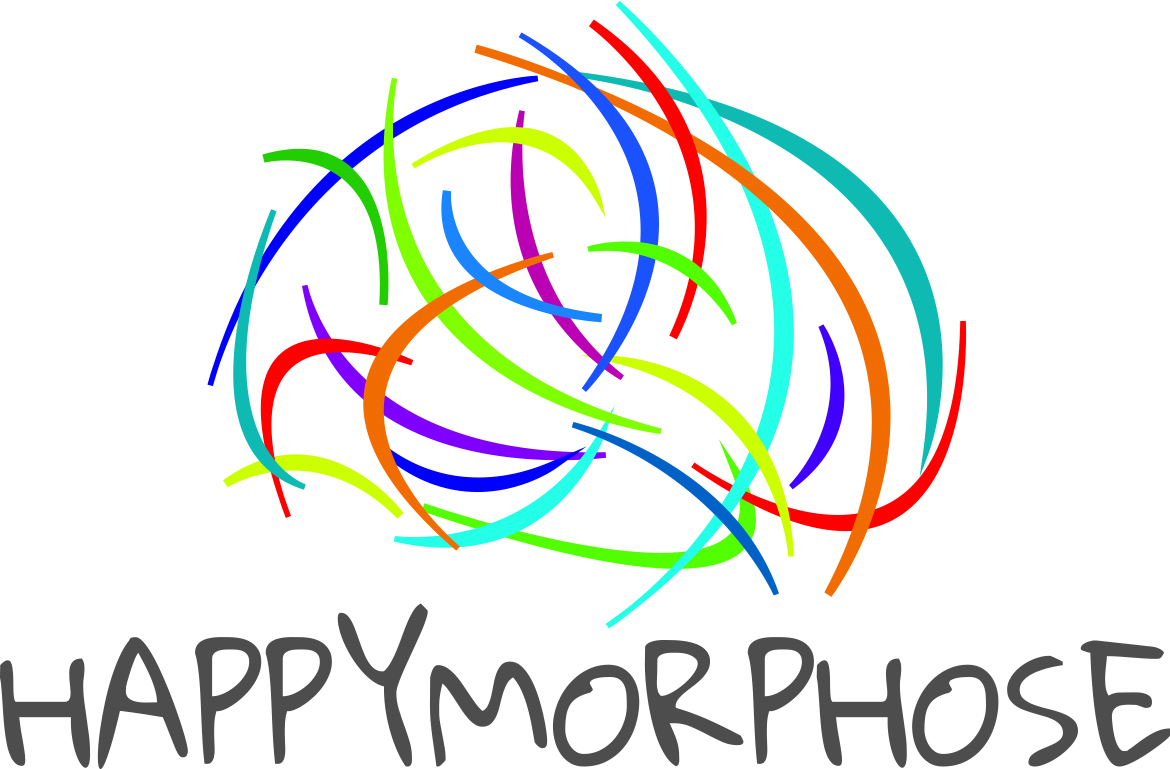Society is transformed by individuals and it is also metamorphosing by changes in the way it operates.
When artists contribute to collective awareness
Artists’ commitment to social and environmental issues has become commonplace. A landmark initiative is the preparation of a “Requiem for Humanity” by the composer Vangelis. We know the considerable importance of music to collectively reveal great individual paths. Music was instrumental in accelerating the process of metamorphosis in the second half of the 20th century. This Requiem in preparation by the composer Vangelis could have a considerable impact at a time when awareness is increasingly important on disorders of all kinds: economic, social, climatic…
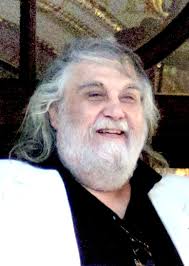
An orchestra without a conductor: The Dissonances
The adventure of the Les Dissonances orchestra began in 2004 with a Christmas concert in support of the homeless in the heart of Paris, in the Châtelet-Les Halles district. This means that attention to others and the world is at the heart of the project.
Returning from a period of retreat in the Libyan desert, David Grimal, a young international soloist, had decided to “find the way of others”. The Dissonances have become the only philharmonic orchestra in the world invited to play the great repertoire regularly, in the largest concert halls, without the presence on stage of a conductor. The hundred musicians present, strong of their skills and their sensitivity that nothing compels only obey what their knowledge of the work dictates and let themselves be led by the concern they have of each other through the role assigned to each of the composer.
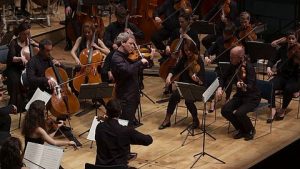
David Grimal says it well, with his words and his sensitivity: “It is an adventure of friendship, of love of life, of music, of people; a society of men and women believing in their collective intelligence in the age of the development of artificial intelligence. This example is of particular interest to entrepreneurs. To find the path of others, in the company, is to enable the development of employees and to bring useful goods and services to customers while respecting the social balances and the health of the territories, today and tomorrow. This in no way calls into question the existence of an authority that becomes a problem only when it is abused, when it ceases to care for others. The verticality of a relationship of authority does exist, in the orchestra, as in the company, it is exercised through assumed but freely accepted leadership, no necessity chaining the musicians to the orchestra.
Crazy Toads, Street Innovation, Thanh Nghiem and David Li
Crazy toads are those who, in order to reach the pond and reproduce in the mating season, do not cross the roads at the risk of being run over by cars but who seek another way, in this case the small tunnels created for them, by humans. These toads that come out of their ancestral routine are the image of the innovators of metamorphosis. Thanh Nghiem spots them in the world. The mad toad is the deviant who saves the species and makes people aware of the dangers that threaten.

One example of a crazy toad acting on the ground is David Li. He had the idea to study what is happening in Shenzhen on the street where innovation is developing for and by people. He posts that the production of the Internet can be opened. David Li’s teams have created a robot that weeds on its own. Its artificial intelligence is capable of detecting good and weeds. For organic production, this allows humans not to break their backs. By creating a platform, Shenzhen Open Innovation Laboratory, it allows everyone to prototype any object: smartphones, drones, electric vehicles, etc. In France, Wiko became the second largest phone manufacturer in less than a year thanks to this system. David Li is the modern-day Robin Hood who wants to work for the benefit of all with the “Goods for good” principle.
Reinventing the way we make society around a project to fight exclusion and poverty.
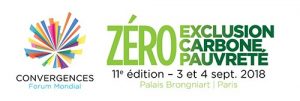
Last September, the association “Convergences” brought together 5,000 people from civil society in Paris to devise new solutions against precariousness and poverty. Around the theme “Make Society Tomorrow, Make Tomorrow” participants worked on five themes of the UN’s Sustainable Development Goals: good health and well-being, quality education, decent work and economic growth, sustainable cities and communities, partnerships for achieving the goals. For two days, actors from the public sector, the business world, the media, and civil society met. In addition to the great success of the event, it is worth noting the presence of many institutions that have come to seek inspiration on these major themes as well as support the initiative. This confirms that the metamorphosis is gaining all organizations.
The social fabric of proximity is strengthening, another sign that metamorphosis requires the enrichment of the “collective”
Cyria Emelianoff is an assistant professor at the University of Le Mans on “collective capabilities”. “Capabilities” are collective abilities/skills.

From the perspective of citizen transition and concrete transformation of the environment, she sees that the neighbourhood becomes a resource. Like Pierre Giorgini, she highlights the concept of an expanded campus that would be anchored in the territory and would help to break the silos.
According to her, the steps to be taken are:
- Make the walls permeable,
- Allowing a free-flowing flow, horizontality,
- Encouraging cohabitation with the living,
- Promote the values of hospitality, openness, “living together” in peace,
- Promoting cooperation, and building capacities for alliances between collectives,
- Staying the course of transition, which is not an end in itself but a condition of survival.
What is particularly interesting here, from the point of view of “metamorphosis”, is the rearrangement of the collective from a perspective that breaks the old relational patterns, allows to multiply the efforts of each by complementarity, opens up perspectives of new solutions. This is a step further than the organization of the event organized by “Convergences”.
The city transformed through networks
Aware of the role they have to play in the transformations of the world, under the combined pressure of the progress of the digital economy and climate and environmental pressure, cities are creating alliances, beyond states, on multiple themes: climate, resilience, smart cities, heritage, local currencies or even learning cities. Ilya Prigogine said that “cities are the very example of a complex dissipative system.”
At the same time, at the local level, initiatives are multiplying around organic agricultural production, alternative education, shared transport…, showing the maturity of a society ready to welcome metamorphosis.
The latest analysis of the phenomenon of third places in France: the very comprehensive report, “Making together to live better together” recently given by Patrick Levy-Waitz to Julien Denormandie, the Secretary of State to the Minister for the Cohesion of territories, which demonstrates the diversity of local initiatives throughout the national territory.

Places that meet the expectations of cooperation, mobility, creativity and singularity that cross our society.
The transformed city is already today!
Bringing life back to fragile territories
In the 1970s, as they undertook the rehabilitation of a ruined hamlet in the Ardèche gorges with youth yards, Gérard and Béatrice Barras discovered by chance a spinning of wool whose roof collapsed in a lost valley an hour away. Confident in the capacity of collective action, and motivated to act on the development of this abandoned rural area, they mobilize a team of young people by offering to experiment with cooperation for the purpose of local economic development.
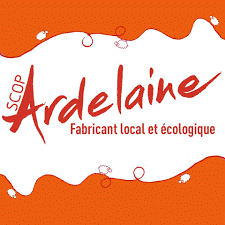
It will not be a question of making a museum or even a spinning, but of restructuring a local sector in order to enhance the wools that are discarded by generating a few jobs. SCOP Ardelaine was founded in 1982. Tonting sheep, transforming wool into bedding, marketing in a short circuit, the cooperative is growing and creating new jobs every year.
In 1986, she set up a knitting and clothing workshop in a sensitive area of the city of Valencia. The co-operators are then challenged to translate their approach to rural local development to an over-densified urban area. Two hectares of gardens shared at the foot of the building, will be the most visible fruits. To strengthen its territorial roots, activities are expanding to include tourism and culture. One, then two, museum courses will be created, drawing 20,000 visitors a year to this historic site. The cooperative, which then defines itself as a “Territorial Cooperative”, will continue its development by diversifying its activities to the local food sector. A restaurant, a cannery open to all users of the territory, will be created in 2010, as well as a café-library open all year round. Today Ardelaine has 54 employees and is certified by the State “Living Heritage Company”.
